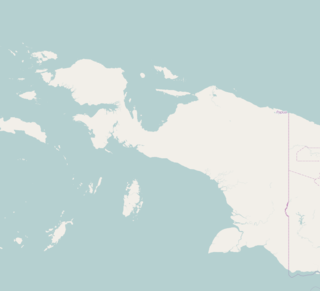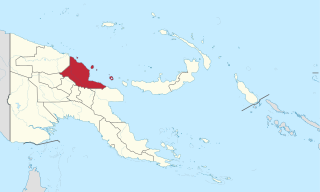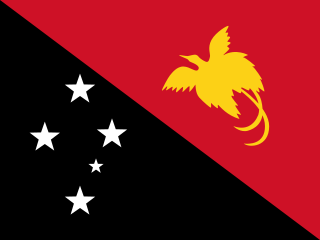The Bambara (Bamana) language, Bamanankan, is a lingua franca and national language of Mali spoken by perhaps 15 million people, natively by 5 million Bambara people and about 10 million second-language users. It is estimated that about 80 percent of the population of Mali speak Bambara as a first or second language. It has a subject–object–verb clause structure and two lexical tones.
Jula is a language of the Mande language family spoken in Burkina Faso, Ivory Coast and Mali. It is one of the Manding languages and is most closely related to Bambara, being mutually intelligible with Bambara as well as Malinke. It is a trade language in West Africa and is spoken by millions of people, either as a first or second language. It is written in the Arabic script and the Latin script, as well as in the indigenous N'Ko script.

The Songhay or Songhai languages are a group of closely related languages/dialects centred on the middle stretches of the Niger River in the West African countries of Mali, Niger, Benin, Burkina Faso and Nigeria. In particular, they are spoken in the cities of Timbuktu and Gao. They have been widely used as a lingua franca in that region ever since the era of the Songhai Empire. In Mali, the government has officially adopted the dialect of Gao as the dialect to be used as a medium of primary education.

N'Ko is both a script devised by Solomana Kante in 1949, as a writing system for the Manding languages of West Africa, and a catch-all synonym of Manding as a single language. The term N'Ko means I say in all Manding languages.

The Manding languages are mutually intelligible dialects or languages in West Africa of the Mande family. Their best-known members are Bambara, the most widely spoken language in Mali; Mandinka, the main language of Gambia; Maninka or Malinké, a major language of Guinea; and Jula, a trade language of the northern Ivory Coast and western Burkina Faso.
Wetarese is a language of Wetar, an island in the south Maluku, Indonesia, and of the nearby islands Liran and Atauro, the latter in East Timor north of Dili. The four principal varieties of Wetarese on Wetar are distinct enough they may be considered different languages.

The Central Solomon languages are the four Papuan languages spoken in the state of the Solomon Islands.
Maninka (Malinke), or more precisely Eastern Maninka, is the name of several closely related languages and dialects of the southeastern Manding subgroup of the Mande branch of the Niger–Congo languages. It is the mother tongue of the Malinké people and is spoken by 3,300,000 speakers in Guinea, where it is the main language in the Upper Guinea region, and Mali, where the closely related Bambara is a national language, as well as in Liberia, Senegal, Sierra Leone and Ivory Coast, where it has no official status. It was the language of court and government used during the Mali empire.
The Kassonke (Khassonké) language, Xaasongaxango (Xasonga), or Western Maninka (Malinke), is a Manding language spoken by the Khassonké of western Mali and by the Malinke of eastern Senegal. Kassonke is a national language in Mali. Western and Eastern Maninka are 90% mutually intelligible, though distinct from the Mandinka (Malinke) of southern Senegal, which is a national language there.
Marka is a Manding language of West Africa, spoken in north-west Burkina Faso.

The languages of Papua New Guinea today number over 850. These languages are spoken by the inhabited tribal groups of Papua New Guinea and Indonesia. In 2006, Prime Minister Sir Michael Somare stated that "Papua New Guinea has 832 living languages " making it the most linguistically diverse place on earth. Its official languages are Tok Pisin, English, Hiri Motu and Papua New Guinean Sign Language. Tok Pisin, an English-based creole, is the most widely spoken, serving as the country's lingua franca. Papua New Guinean Sign Language became the fourth official language in May 2015, and is used by the deaf population throughout the country.
Tibla is an ethnic slur in the Estonian language, which refers to a Russian or a Soviet.
Kaki Ae, or Tate, is a language with about 500 speakers, half the ethnic population, near Kerema, in Papua New Guinea. It appears to be related to the Eleman languages. Søren Wichmann (2013) tentatively considers it to be a separate, independent group.

Maybrat, also spelt Mai Brat or Majbrat, is a Papuan language spoken by the Ayamaru and Karon Dori peoples of the Maybrat Regency on the Bird's Head Peninsula of New Guinea. Ayamaru dialect is spoken in the many villages around the Ayamaru Lakes. It is only distantly related to other languages, sharing 10% of its vocabulary with its nearest neighbors, though it may be part of the West Papuan family.
Sininkere (Silinkere) is a Manding language of Burkina Faso.
Kakabe is a minor Mande language of Guinea. The Speakers of the Kakabe language reside in the Futa-Jallon plateau which is located in Guinea. Kakabe belongs to the Mokole group, which is the closest group to the Manding people in terms of culture and language. The language is spoken in a number of villages that are situated on the Futa-Jallon plateau in Guinea.
Anor, or Atemble, is a Ramu language of Papua New Guinea.
"Sign language" was made the fourth official language of Papua New Guinea in 2015. In practice, this means the local form of sign language then being developed and standardized.








